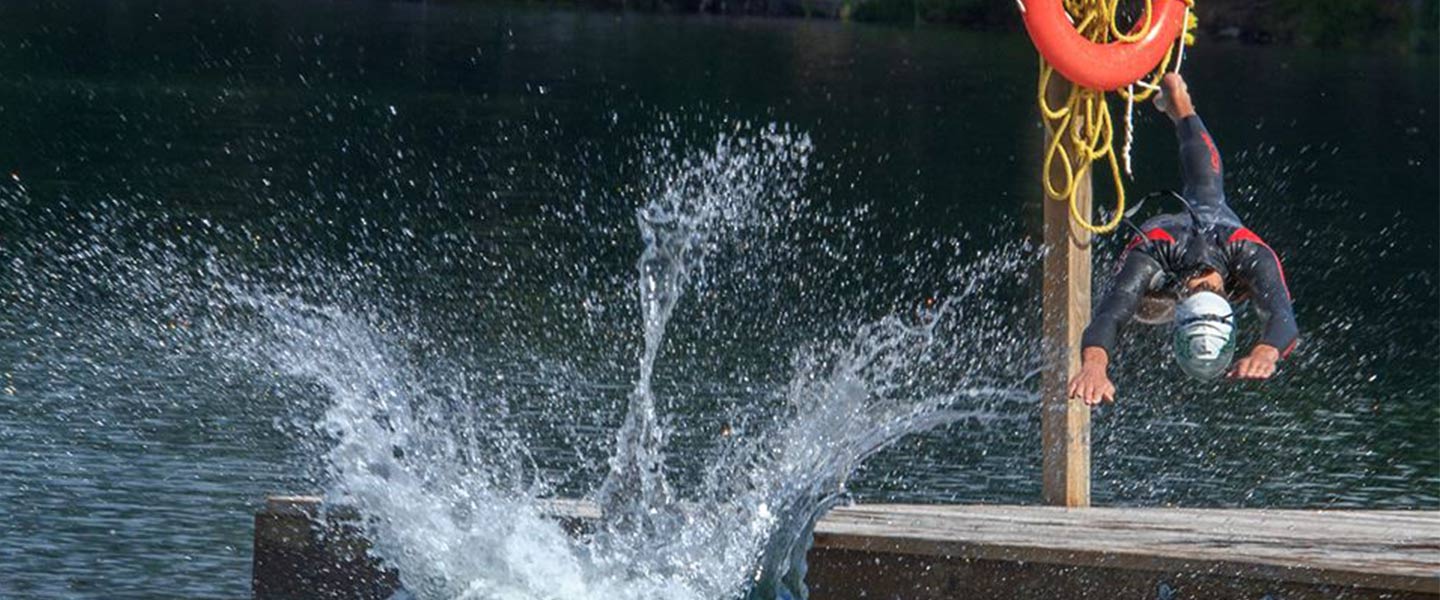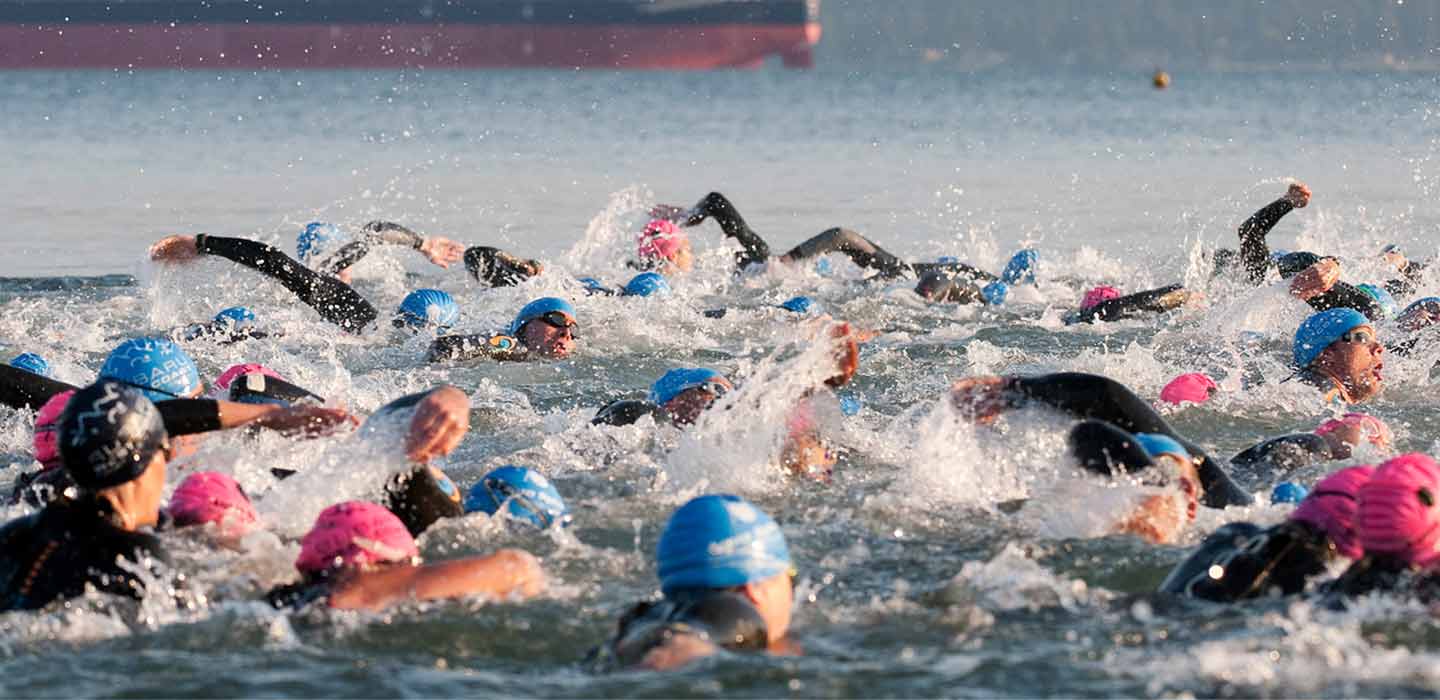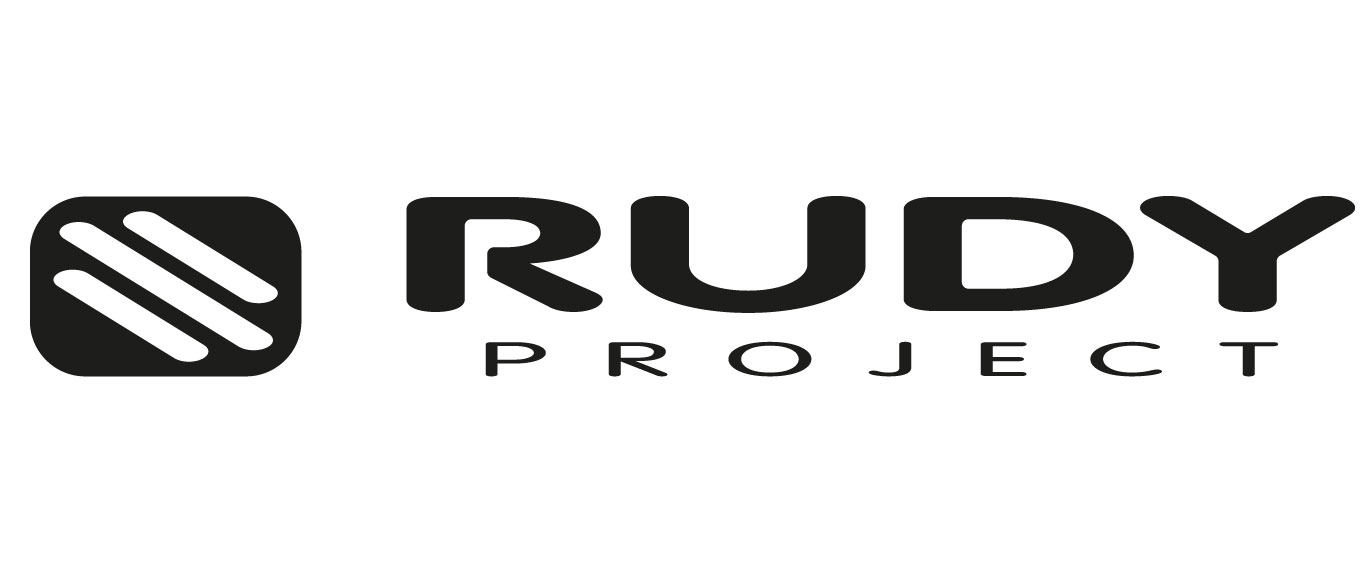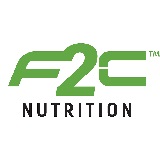Paratriathlon
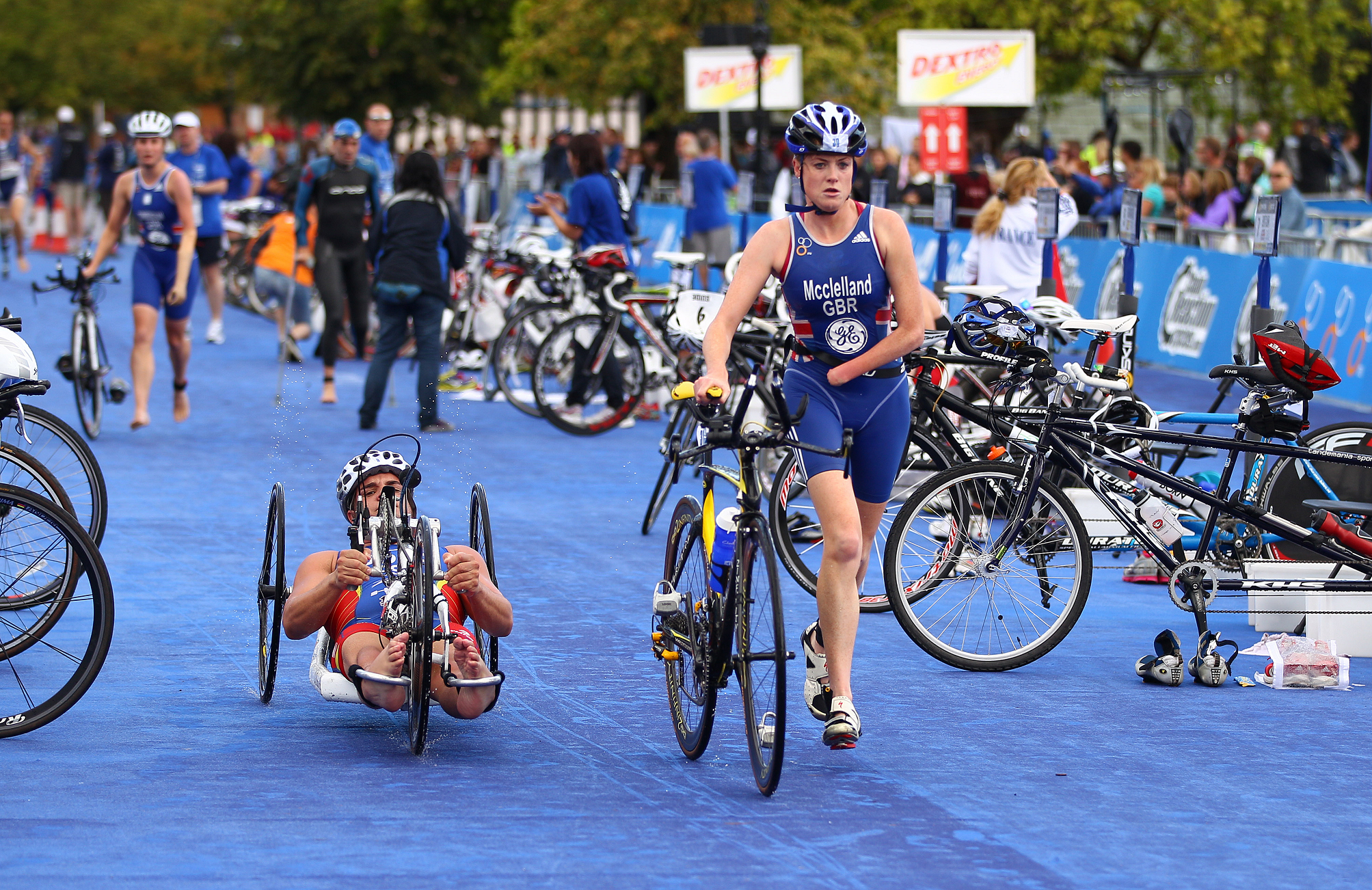
Paratriathlon is an endurance sport that challenges athletes to a continuous race over three disciplines. The sport is designed to embrace as many athletes as possible, while testing a variety of key skills.
Paratriathlon is undergoing wide development and, as a result of entering the 2016 Paralympic Games, a major revision is planned for 2017, provided by our world governing body, the International Triathlon Union (ITU).
As of May 2017, there are currently five sport classes for athletes with an impairment to compete in over the sprint paratriathlon distance of 750m swim, 20km bike (hand bike/tandem), 5km run (racing wheelchair) at all ITU Paratriathlon sanctioned events each year.
There are six sport classes in paratriathlon, listed below.
For a description of all classes please link to the IPC’s Laymen’s Guide for Paralympic Summer Sports.
To view Triathlon Canada’s Paratriathlon 2020 ParaTriathlon AAP Nomination Policy, please click HERE.
| Sport Class/Category | |
|---|---|
| PTHC - Wheelchair users | Athletes must use a recumbent handcycle on the bike course and a racing wheelchair on the run segment. There are two sub-classes, H1 (most impaired) and H2 (least impaired); Includes athletes with comparable activity limitation and an impairment of, but not limited to: muscle power, limb deficiency, hypertonia, ataxia, athetosis that prevent the ability to safely ride a conventional bike and run. |
| PTS2 - Severe impairments | Includes athletes with comparable activity limitation and an impairment of, but not limited to, limb deficiency, hypertonia, ataxia and or athetosis, and impaired muscle power or range of movement. In both bike and run segments, amputee athletes may use approved prosthesis or other supportive devices. |
| PTS3 - Significant impairments | Includes athletes with comparable activity limitation and an impairment of, but not limited to, limb deficiency, hypertonia, ataxia and or athetosis, impaired muscle power or range of movement that through classification assessment have a score from 910,0 to 979,9 points. In both bike and run segments, the athlete may use approved prosthesis or other supportive devices. |
| PTS4 - Moderate impairments | Includes athletes with comparable activity limitation and an impairment of, but not limited to, limb deficiency, hypertonia, ataxia and or athetosis, impaired muscle power or range of movement that through classification assessment have a score from 980,0 to 1091,9 points included. In both bike and run segments, the athlete may use approved prosthesis or other supportive devices.. |
| PTS5 - Mild impairments | Includes athletes with comparable activity limitation and an impairment of, but not limited to, limb deficiency, hypertonia, ataxia and or athetosis, impaired muscle power or range of movement that through classification assessment have a score from 1092,0 to 1211,9 points included. In both bike and run segments, the athlete may use approved prosthesis or other supportive devices. |
| PTVI - Total or Partial visual Impairment (IBSA/IPC defined sub-classes B1, B2, and B3) | Includes athletes who are totally blind, from no light perception in either eye, to some light perception but unable to recognize the shape of a hand at any distance or in any direction (B1) and partially sighted athletes with a visual acuity of less than 6/60 vision or visual field less than 20 degrees with best corrective vision (B2-B3). A guide from the same nationality and gender is mandatory throughout the race. Must ride a tandem during the bike segment. |
